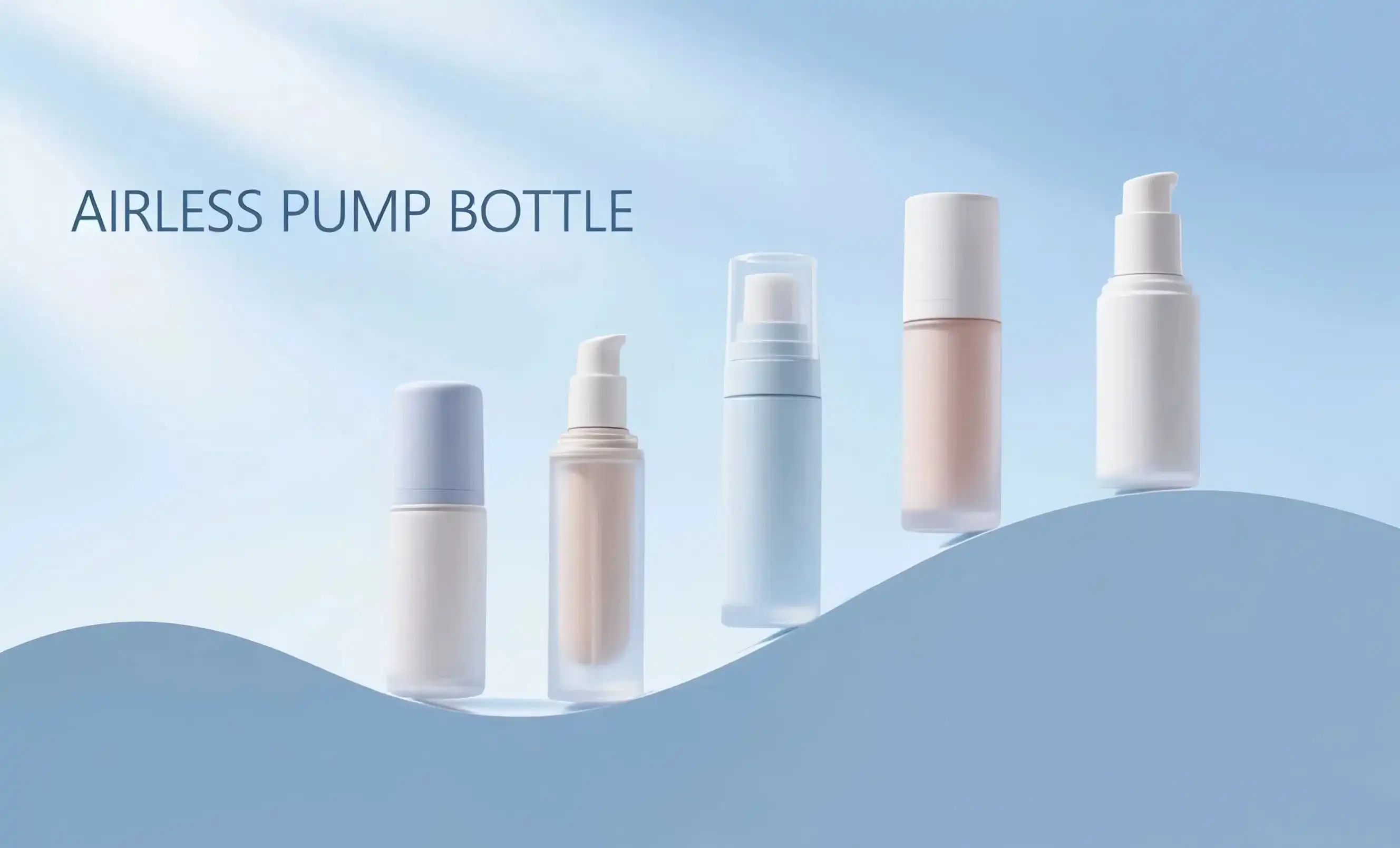What certifications prove eco-friendly luxury cosmetic packaging?
When it comes to luxury cosmetic packaging, several respected certifications can help verify environmental claims:
Cradle to Cradle Certification
This comprehensive certification evaluates products across five categories: material health, material reuse, renewable energy use, water stewardship, and social fairness. Packaging that achieves this certification demonstrates a commitment to circular economy principles.
Forest Stewardship Council (FSC) Certification
For paper-based packaging, FSC certification ensures that the materials come from responsibly managed forests. This is particularly relevant for luxury cosmetic brands using high-end paper or cardboard packaging.
Global Recycled Standard (GRS)
This certification verifies recycled content in products and packaging. It's particularly valuable for luxury cosmetic brands using recycled plastics or other materials in their packaging.
ISO 14001
While not specific to packaging, this certification demonstrates that a company has an effective environmental management system in place, which often translates to more sustainable packaging choices.
These certifications provide tangible proof of a company's commitment to environmental stewardship. However, it's important to note that the absence of certification doesn't necessarily mean a product isn't eco-friendly. Some smaller brands may have sustainable practices but lack the resources for formal certification. In such cases, transparency about materials and processes becomes crucial.
Recyclable vs. biodegradable: Which is better for luxury bottles?
The debate between recyclable and biodegradable materials for luxury bottles is nuanced and depends on various factors:
Recyclable Materials
Recyclable materials, such as glass and certain plastics, can be processed and reused multiple times. This aligns with circular economy principles, reducing the need for new raw materials. Many luxury brands prefer recyclable materials because they maintain a high-end look while offering environmental benefits. For instance, airless bottles made from recyclable materials combine functionality with sustainability.
Biodegradable Materials
Biodegradable materials break down naturally over time, potentially reducing landfill waste. However, they often require specific conditions to degrade properly, which may not be available in all disposal scenarios. Some luxury brands are exploring biodegradable options for single-use items or components.
Considerations for Luxury Brands
When choosing between recyclable and biodegradable options, luxury brands should consider:
- Product protection: Ensure the chosen material adequately preserves the product's quality and efficacy.
- Consumer behavior: Consider whether customers are likely to recycle or compost the packaging.
- Local infrastructure: Evaluate the availability of recycling or composting facilities in target markets.
- Brand aesthetics: Select materials that align with the brand's luxury image while meeting sustainability goals.
Ultimately, the best choice depends on the specific product, brand values, and target market. Some brands are opting for a hybrid approach, using recyclable materials for the main container and biodegradable elements for smaller components.
How to spot false sustainability claims in cosmetic packaging
As consumers become more environmentally conscious, some companies resort to greenwashing – making misleading environmental claims. Here's how to identify genuine sustainability efforts in cosmetic packaging:
Vague or Unsubstantiated Claims
Be wary of broad, unsupported statements like "eco-friendly" or "green" without specific details. Authentic sustainable packaging will provide clear information about materials, sourcing, and disposal.
Hidden Trade-offs
Some companies focus on one environmental aspect while ignoring others. For example, a package might be biodegradable but require more energy to produce. Look for brands that consider the entire lifecycle impact of their packaging.
Irrelevant Claims
Watch out for claims that, while true, are unrelated to environmental impact. For instance, a cosmetic brand might tout "CFC-free" packaging when CFCs have been banned for decades.
Lack of Transparency
Genuinely sustainable brands are typically open about their practices and challenges. Be cautious of companies that are vague or evasive when asked about their sustainability efforts.
Misuse of Certifications
Some companies create their own eco-labels that look official but lack third-party verification. Always research unfamiliar certifications to ensure they're legitimate.
Overemphasis on Packaging
While sustainable packaging is important, it's just one aspect of a product's environmental impact. Consider the entire product lifecycle, including ingredients and manufacturing processes.
To avoid falling for greenwashing, consumers should:
- Research brands thoroughly
- Look for specific, verifiable claims
- Check for recognized third-party certifications
- Consider the overall environmental impact, not just packaging
By being vigilant and asking questions, consumers can support truly sustainable practices in the cosmetics industry. Companies like those offering innovative airless bottles demonstrate how packaging can combine luxury, functionality, and genuine environmental consideration.
The Role of Innovation in Sustainable Packaging
As the cosmetics industry evolves, innovative packaging solutions are emerging to address environmental concerns while meeting consumer demands. Airless bottles, for instance, represent a significant advancement in sustainable packaging. These containers not only extend product life by minimizing air exposure but also often incorporate recycled materials and energy-efficient production methods.
Innovation in sustainable packaging goes beyond materials. It includes:
- Smart design that reduces material use without compromising functionality
- New technologies for easier recycling or biodegradation
- Refillable systems that minimize waste
- Bio-based materials derived from renewable resources
As consumers, supporting brands that invest in these innovations can drive positive change in the industry. It's crucial to recognize and reward genuine efforts in sustainability, encouraging further advancements in eco-friendly packaging solutions.
Conclusion
Determining if packaging is truly environmentally friendly requires critical thinking and research. By understanding certifications, comparing material options, and spotting greenwashing tactics, consumers and businesses can make informed decisions that genuinely benefit the environment. As the cosmetics industry continues to evolve, innovative solutions like airless bottles demonstrate that luxury, functionality, and sustainability can coexist harmoniously in packaging design.
For beauty brands, skincare companies, and cosmetics manufacturers looking to enhance their sustainability efforts without compromising on quality or aesthetics, partnering with experienced packaging providers is crucial. Topfeelpack offers advanced airless bottles that combine environmental consciousness with premium design and functionality. Our commitment to sustainability, fast customization, and competitive pricing makes us an ideal partner for brands seeking to elevate their eco-friendly packaging solutions.
Ready to explore sustainable packaging options that align with your brand values and meet consumer demands? Contact Topfeelpack today at pack@topfeelgroup.com to discover how our innovative airless bottles and custom solutions can transform your product packaging while supporting your sustainability goals.
References
- Environmental Protection Agency. "Sustainable Materials Management: Non-Hazardous Materials and Waste Management Hierarchy." (2021)
- Cosmetics Europe. "Good Sustainability Practice for the Cosmetics Industry." (2022)
- Ellen MacArthur Foundation. "The New Plastics Economy: Rethinking the future of plastics & packaging." (2020)
- World Business Council for Sustainable Development. "Circular Transition Indicators v2.0 – Metrics for business, by business." (2021)
- Sustainable Packaging Coalition. "Design Guidelines for Sustainable Packaging." (2023)
- Journal of Cleaner Production. "Life cycle assessment of cosmetic packaging: A review." Volume 242. (2020)


 - 副本_1745399213966.webp)

_1747827716538.webp)

